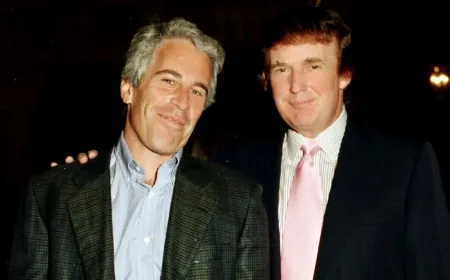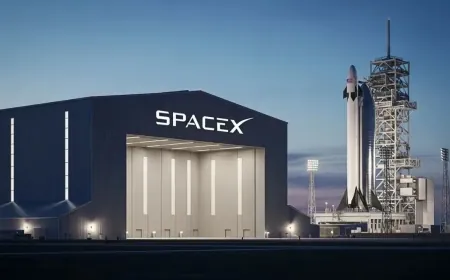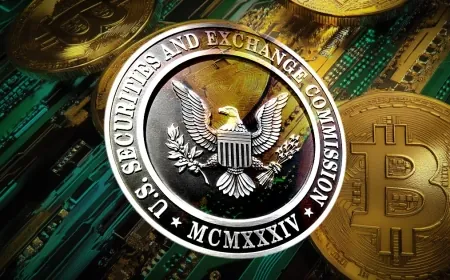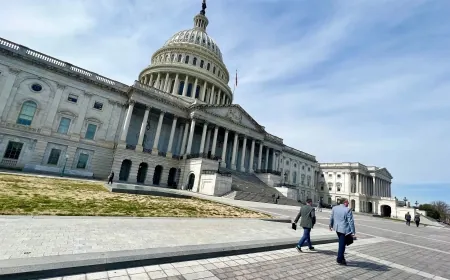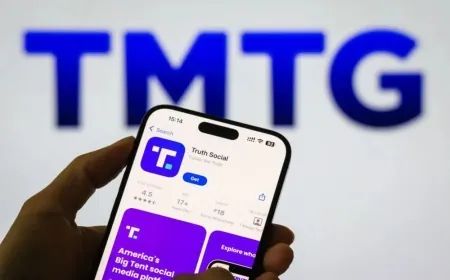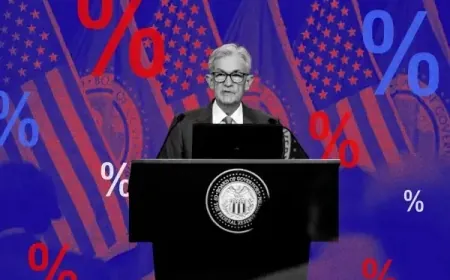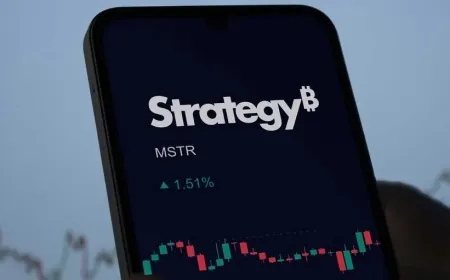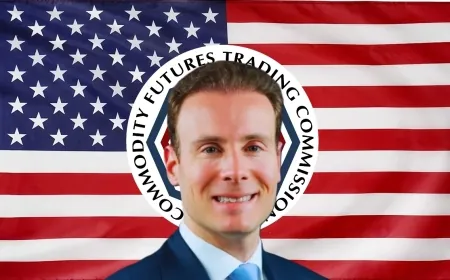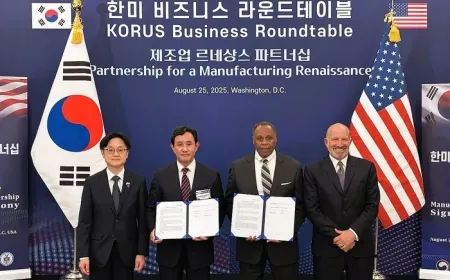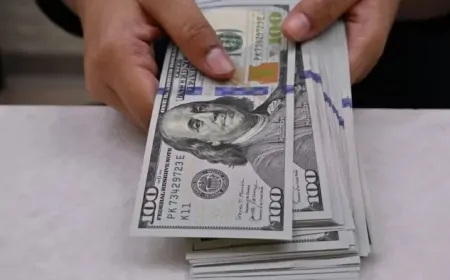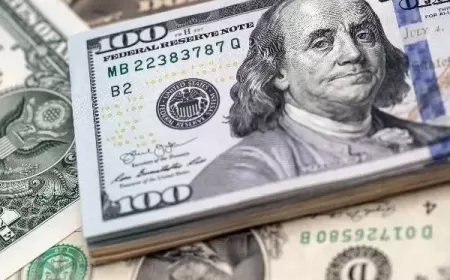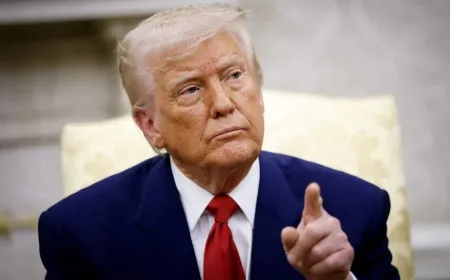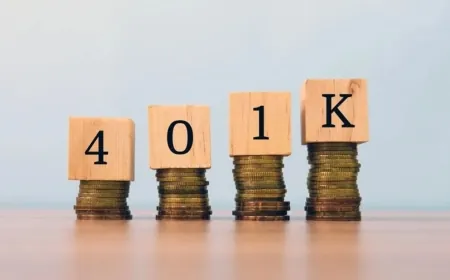US–China Extend 90-Day Tariff Pause Hours Before Hike
US and China halt planned tariff hikes on $427B in trade with a 90-day extension, keeping rates steady amid disputes over oil, tech, and rare earths.
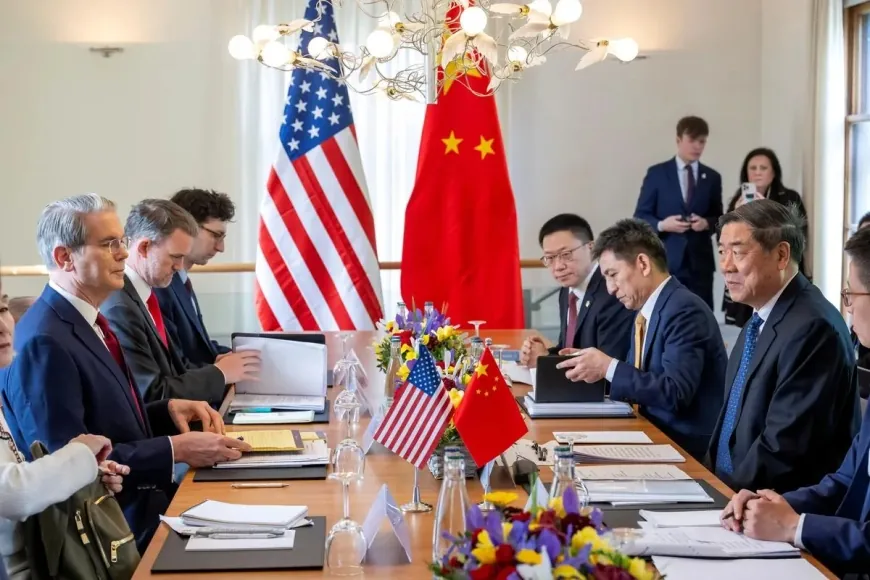
WASHINGTON / BEIJING — The United States and China have agreed to extend their existing trade truce for 90 days, narrowly avoiding a steep escalation in tariffs that would have impacted hundreds of billions of dollars in goods and rattled global supply chains.
The deal, signed by President Donald Trump on Monday evening, came just hours before a midnight deadline that would have pushed U.S. tariffs on Chinese imports from 30% to 54%, while China planned to increase duties on American goods from 10% to 34%. The extension freezes those rates until late autumn, giving negotiators limited time to resolve disputes that have intensified in recent months.
Last-Minute Agreement Prevents Tariff Surge
The agreement followed weeks of closed-door discussions, culminating in talks in Sweden last month between senior U.S. and Chinese trade officials. Treasury Secretary Scott Bessent and U.S. Trade Representative Jamieson Greer urged Beijing to hold tariff levels steady, warning that higher duties would raise costs for manufacturers, retailers, and consumers in both countries.
China confirmed it will maintain its 10% tariff on U.S. imports during the extension period. The move spares American exporters — particularly in agriculture, machinery, and technology — from immediate price disadvantages in the Chinese market, while also protecting Chinese suppliers from a sharp increase in U.S. import taxes.
Without the truce, industries on both sides were bracing for disruption. The U.S. imported $427 billion worth of goods from China in 2024, making it the second-largest source of American imports. Analysts warned that a tariff hike of the magnitude planned could have added billions in costs to products from electronics to household goods.
Disputes Over Oil, Technology, and Rare Earths Remain Unsettled
While the tariff extension provides temporary relief, core disputes remain unresolved. Washington is demanding that Beijing reduce its purchases of Russian crude oil, threatening tariffs of up to 500% if China continues importing at current levels. Imports of sanctioned Iranian oil have also drawn U.S. scrutiny.
American officials are pressing Beijing over more than $15 billion in sales of dual-use technology to Russia — equipment that can serve both civilian and military purposes. Another sticking point is China’s commitment to increase exports of rare earth magnets, critical for defense, renewable energy, and electronics manufacturing. The U.S. claims those shipments have not met agreed targets.
In the digital arena, Congress is advancing legislation that would force TikTok’s Chinese parent company to sell the platform to an American entity or face a nationwide ban, citing data security concerns.
Tariffs at the Core of Trump’s 2025 Trade Agenda
President Donald Trump has doubled down on tariffs as the cornerstone of his second-term trade strategy, pushing the U.S. effective tariff rate to 17.4% — the highest since 1934. The White House argues the policy forces trading partners to dismantle what it calls “decades of unfair barriers,” while critics say the levies function as a hidden tax on U.S. consumers, raising prices on everything from smartphones to farm equipment.
India has emerged as the latest flashpoint. Washington has warned New Delhi it could face a 50% duty on goods shipped to the U.S. unless it curbs purchases of Russian crude — a demand India has rejected in formal diplomatic notes. Indian trade officials say such a move could threaten $85 billion in bilateral commerce and disrupt global supply chains for pharmaceuticals, IT services, and textiles.
Trump has signaled that more countries could face similar ultimatums, telling supporters last week in Ohio that “tariffs work, and they’re coming for every nation that takes advantage of America.” The statement underscored expectations in diplomatic circles that tariff threats will remain a permanent lever in U.S. economic statecraft through 2025 and beyond.
Global Markets React to Tariff Pause
Wall Street ended lower on Monday despite the last-minute 90-day tariff extension. The Dow Jones Industrial Averageslipped 156 points to 39,482 (-0.4%), the S&P 500 dropped 14 points to 5,222 (-0.3%), and the Nasdaq Compositeeased 29 points to 16,842 (-0.2%).
Losses were led by industrial and semiconductor stocks, as traders weighed whether the temporary truce would lead to a lasting deal. Shares of Caterpillar fell 1.1%, Boeing slid 0.9%, and Nvidia lost 0.8%. Energy stocks edged higher after Beijing signaled it would maintain crude imports despite U.S. pressure.
“The extension buys time, but it doesn’t buy certainty,” said Paul Greene, senior analyst at Horizon Strategies in New York. “If negotiations stall, the tariff risk comes roaring back — and the market is already pricing in that possibility.”
In Asia, the Hang Seng Index rose 0.6% on relief that immediate tariff hikes were avoided, while the Shanghai Composite ended flat. European markets were mixed, with the DAX in Frankfurt down 0.2% and London’s FTSE 100 up 0.3%.
Countdown to the Next Deadline
The extension gives U.S. and Chinese negotiators until November 10, 2025 to resolve disputes over tariffs, energy imports, technology transfers, and market access. Failure to reach an agreement would automatically trigger the tariff hikes—raising U.S. duties on $324 billion in Chinese imports to 54% and restoring China’s levies on $103 billion in U.S. goods to 34%.
Trade officials say the timetable leaves “no cushion” for delays, with multiple technical and political sticking points still unresolved. Key hurdles include Beijing’s continued purchases of Russian oil, disputes over rare earth exports, and U.S. demands for a forced sale of TikTok’s American operations.
Economists warn that if talks collapse, both economies could face immediate price shocks, supply chain disruptions, and renewed market volatility similar to the 2018–2019 trade war.
Also Read: Trump’s War on Indian Talent and Trade Is Backfiring on the U.S. Economy
